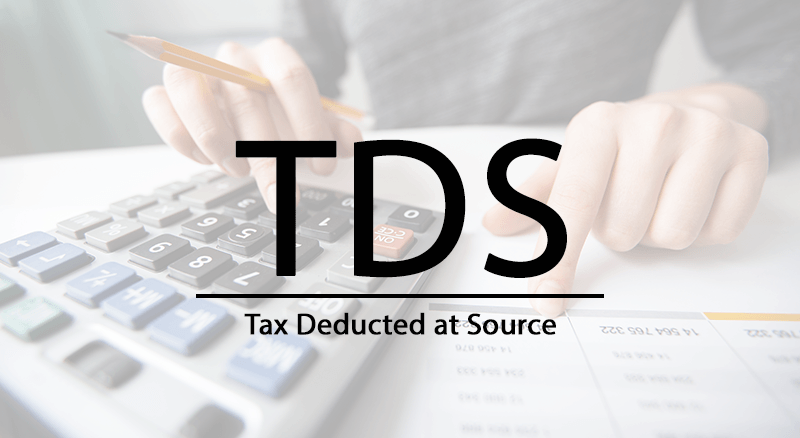Understanding the Profit & Loss Account

1. Definition and Purpose
The Profit & Loss Account, commonly referred to as the P&L Account, is a part of the final accounts of a business. Its primary purpose is to determine the net profit or loss of business activities during a specific period. Unlike the Trading Account, which only displays the gross profit, the P&L Account provides a comprehensive view of the net earnings by accounting for all indirect incomes and expenses.
2. Importance of the Profit & Loss Account
- Taxation: A P&L Account is essential for determining the exact income tax payable to the authorities.
- Partner's Income: Without a P&L Account, it's challenging to ascertain the income of partners in a business.
- Profit Determination: It's crucial for understanding the actual profit of a firm.
- Balance Sheet Preparation: A P&L Account is a prerequisite for preparing a balance sheet.
- Stock Exchange Requirements: Companies listed on stock exchanges must maintain a P&L Account.
- Dividend Declaration: Limited companies declare dividends based on the profit available, as shown in the P&L Account.
3. Frequency of Preparation
A business can prepare a P&L Account as frequently as needed, be it monthly, quarterly, half-yearly, or annually. For instance, companies listed on stock exchanges often prepare monthly P&L Accounts to provide regular updates on sales and profits.
4. Components of a Profit & Loss Account
A typical P&L Account includes:
- Gross profit or loss from the Trading Account
- All indirect incomes (e.g., interest, commission, rent received)
- All indirect expenditures
- Net profit or loss
5. Preparation Process
The P&L Account is derived from the Trial Balance and is divided into two sections: Income and Expenditure.
- Income Section: Includes gross profit and all indirect incomes not directly related to purchases or sales.
- Expenditure Section: Accounts for gross loss and all indirect expenses unrelated to purchases or sales.
6. Example of a Profit & Loss Account
| M/S ABC ENTERPRISES | PROFIT AND LOSS ACCOUNT AS ON 31.03.16 |
|---|---|
| INCOME | AMOUNT CR. |
| Gross Profit | 153,000 |
| TOTAL | 153,000 |
| EXPENDITURE | AMOUNT DR. |
| Electricity Expenses – Office | 10,000 |
| Salaries | 30,000 |
| Telephone Expenses | 3,000 |
| Printing & Stationery Expenses | 2,000 |
| Bank Charges | 500 |
| Bank Interest | 12,500 |
| Advertisement Expenses | 10,000 |
| Sales Promotion Expenses | 15,000 |
| Conveyance Expenses | 12,000 |
| Vehicle Maintenance Expenses | 30,000 |
| NET PROFIT | 28,000 |
| TOTAL | 153,000 |





